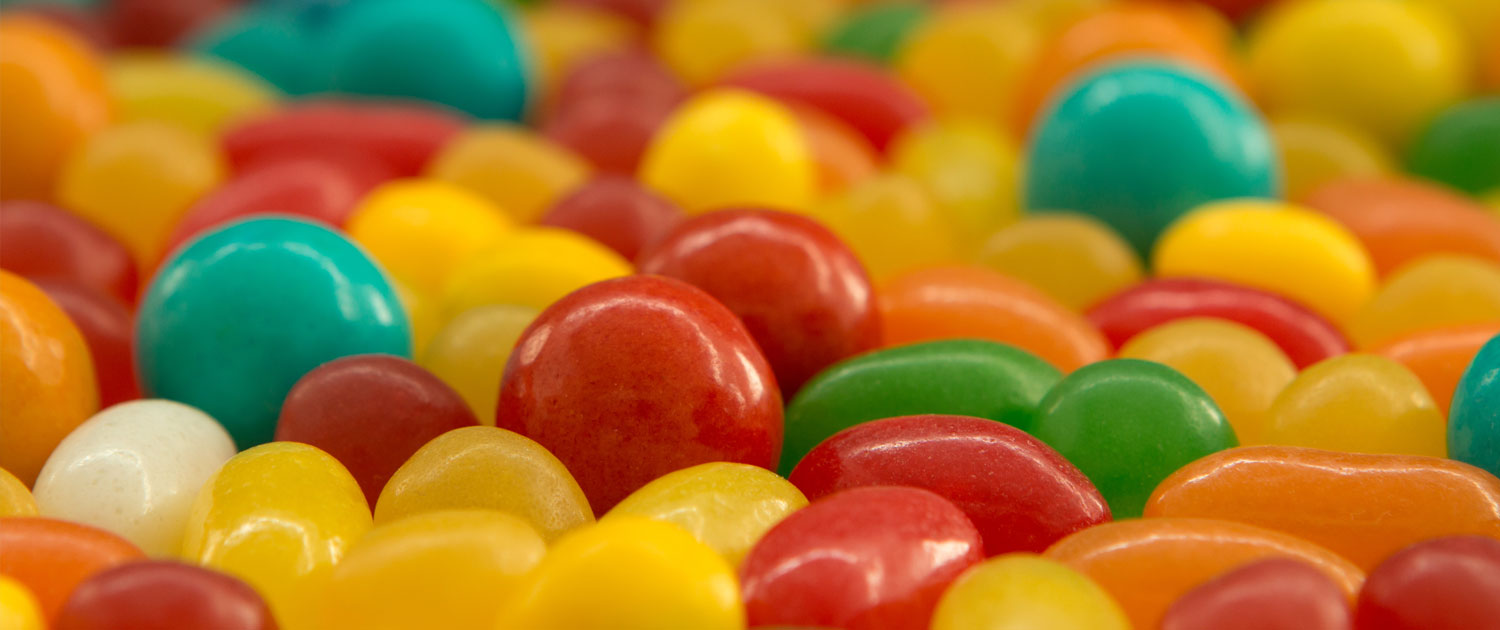
What Everyone Needs to Know About Artificial Dyes
Artificial dyes are used to make food more colorful and appealing, but are they completely safe? As we’ll see, dyes in food use a variety of ingredients, creating potential for health issues for many people.
How Harmful are Artificial Dyes
A report published in Environmental Health Perspectives neatly sums the issues related to artificial food dyes. This report cited a variety of studies, but the overall message was clear: food dyes create potential harms. Potential issues related to food dyes include the increased chance of behavioral problems in children, and the report states that nine artificial food dyes used in the U.S. are either likely carcinogens, cause reactions, or are inadequately tested.
Artificial dyes are such a concern that in Europe, foods with specific coloring ingredients must carry warning labels, similar to how cigarettes in the U.S. are required to have a warning label. While there are still a lot of questions regarding dyes in food, the scientific consensus seems to be leaning against these products. For this reason, it’s best to avoid them when possible and lean towards food and drink without artificial dyes.
What are Common Sources of Dyes in Our Food?
So, what foods have lots of dyes? Unfortunately, but not surprisingly, it’s often the foods that are advertised to children, including sugary breakfast cereals, candy, and snacks. Eat This, Not That! compiled a list of 17 foods that contain chemicals and dyes, including canned fruit, yogurt, salad dressing, and syrup. From protein bars to beef jerky, it seems hard to escape the gravity of food coloring, but it’s not impossible.
Beverages may not be considered a dyed food product, but many in fact are. According to a study from Purdue University, some of the largest sources of artificial food dyes in the American diet are beverages. They noted certain energy drinks, sports drinks, sodas, and juices that contain a high amount of artificial coloring.
ORAC Tea: One Place You Won’t Find Artificial Dyes
Fortunately, there is a dye-free alternative for beverages. ORAC Tea, a cascara-brewed beverage, contains only natural ingredients with no dyes.
If you look at the ingredients label, you’ll find simple, high-quality ingredients and no artificial dyes like Red 3 or Yellow 5. ORAC Lime Cascara Tea, for example, contains brewed cascara tea, honey, organic lemon juice, and essential oil/flavor. No artificial flavors, no preservatives, and no food coloring!
